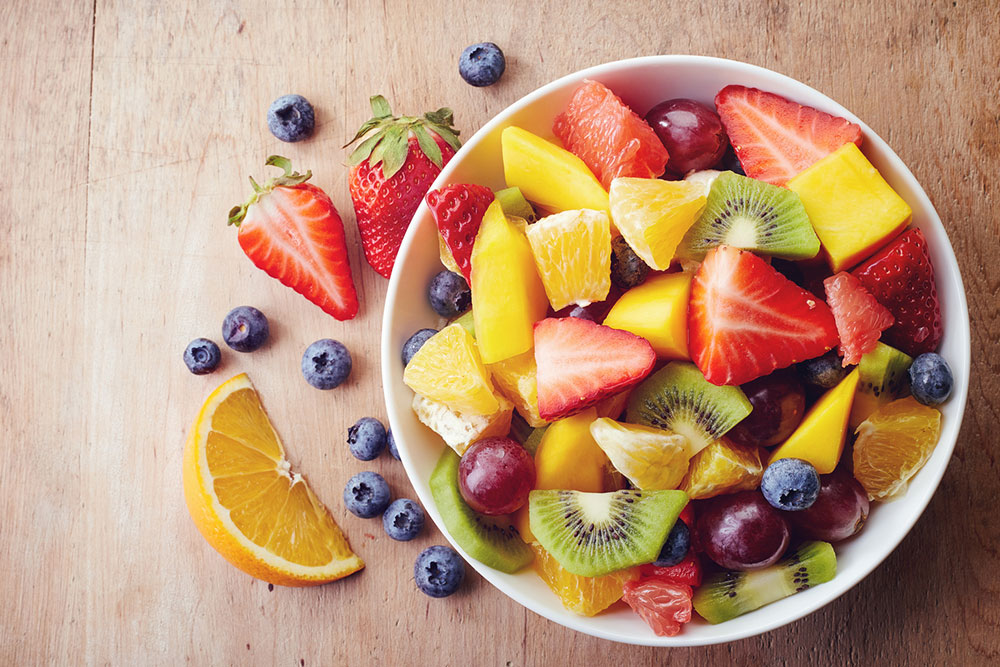
All about the flexitarian diet
Most diets work by placing restrictions on what you eat while some are highly restrictive and eliminate most kinds of foods. The flexitarian diet, on the other hand, is the most accommodative and one of the easiest diets to follow.
How it works
The word flexitarian is a combination of flexible and vegetarian. Essentially, the diet is a flexible approach to having a mostly vegetarian diet.
Many studies have established that a vegetarian diet helps you lose weight. Vegetarians generally weigh less than meat eaters. People consuming a partially vegetarian diet also weigh lesser than meat eaters. Hence, going vegetarian can help one combat obesity and keep them fit and healthy.
How the flexitarian diet works
The flexitarian diet, as the name suggests, is very flexible. In fact, it is just a set of guidelines on what you eat rather than a set of strict rules. The diet plan suggests that you begin eating less meat and include more plant-based foods that contain more fiber and antioxidants. This helps cut down the risk of heart disease and many types of cancer.
The flexitarian diet suggests a gradual decrease in meat consumption. Even at the final level, it does not completely eliminate meat. You can slowly reduce meat consumption, every week and proceed gradually towards a mostly vegetarian diet.
Stages of the flexitarian diet
Those who begin this diet will proceed through the following three stages.
- Beginner flexitarian
In this first stage, you can include meat five days a week and exclude it in the last two days. You can eat up to 26 ounces of meat spread over the five days of omnivore meals. In this phase of 21 meals per week, you eat just six to eight meatless meals. - Advanced flexitarian
In this second stage, you are allowed 18 ounces of meat each week and you can eat fully vegetarian meals on three or four days. This translates to nine to fourteen meatless meals out of your 21 meals per week. - Expert flexitarian
In the final stage, you are to cut down further on meat and eat a mostly vegetarian diet. You can still include nine ounces of meat each week. You will go meatless for five days of the week. So, out of a total of 21 meals per week, you will be following a fully vegetarian diet for more than 15 meals.
Blatner’s book includes food lists/grocery lists, recipes, and suggestions on what to check when you are eating out. Avoid fried foods and rich foods; instead, choose steamed, grilled, roasted, and baked foods. Include whole grains, vegetables, fruits, nuts, beans, and lentils and legumes. For meat dishes, avoid sausages, bacon, hams, and other processed meats. The choices should be lean meats like skinless chicken.
Choosing whole grains and including fiber-rich vegetables helps in weight loss. You will also feel satiated with low calorie intake. The flexitarian diet doesn’t completely eliminate meats, making it easy to transition to a mostly vegetarian diet.


